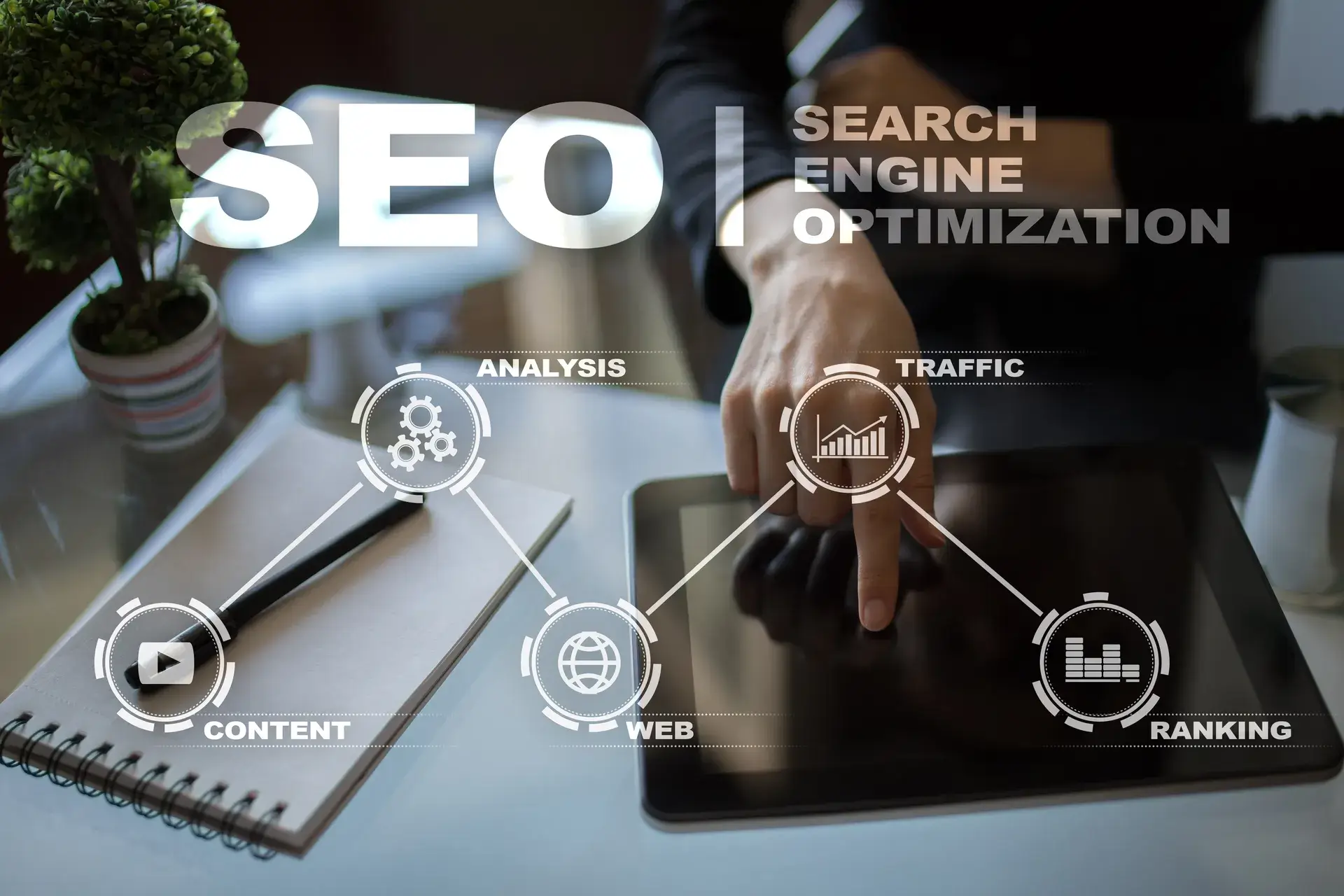On-page optimization is a crucial aspect of SEO that focuses on optimizing individual web pages to improve their rankings and drive more relevant traffic. In this guide, we will delve into the essential elements of on-page optimization, providing actionable tips and techniques that you can implement on your website to enhance your visibility on search engines.
What is On-Page Optimization?
On-page optimization refers to the practice of optimizing the content and HTML source code of a page. This includes elements like content quality and relevance, title tags, headings, URL structures, and more. Successful on-page SEO helps search engines better understand your website's context, which aids in ranking higher for target keywords.
Key Elements of On-Page Optimization
1. Title Tags
The title tag is one of the most important on-page SEO elements. It should be concise, include your primary keyword, and encourage clicks. Aim for a length of 50-60 characters to ensure it displays well in search results.
2. Meta Descriptions
This HTML attribute offers a brief summary of your page's content. Well-crafted meta descriptions (150-160 characters) can improve click-through rates. Include relevant keywords to enhance visibility.
3. Heading Tags
Use heading tags (H1, H2, H3) strategically to structure your content and include keywords. The H1 tag usually represents the page's title and should only be used once per page.
4. Content Quality
High-quality, relevant, and engaging content is vital for on-page optimization. Ensure your content addresses users' queries and utilizes the target keywords naturally without keyword stuffing.
5. URL Structure
SEO-friendly URLs are short, descriptive, and ideally include target keywords. For example, instead of 'www.example.com/page1', use 'www.example.com/onpage-optimization'.
6. Internal Linking
Linking to other relevant pages within your website helps search engines understand the structure of your site and keeps users engaged. Utilize keyword-rich anchor text for optimal effect.
7. Image Optimization
Optimizing images can enhance page load speeds and improve SEO. Use descriptive filenames and alt tags to make your images more discoverable by search engines.
Best Practices for On-Page Optimization
- Regularly update your content to keep it fresh and relevant.
- Use a responsive design for better user experience on mobile devices.
- Ensure fast loading times by optimizing images and utilizing caching techniques.
- Implement schema markup for rich snippets that enhance search visibility.
Conclusion
Effective on-page optimization is fundamental to achieving higher search engine rankings and providing a better user experience. By paying attention to title tags, headings, content quality, and other crucial elements, you can significantly improve your website's SEO performance. At Prebo Digital, our team specializes in SEO services designed to optimize your online presence. Ready to enhance your website’s optimization? Contact us today for expert assistance!







